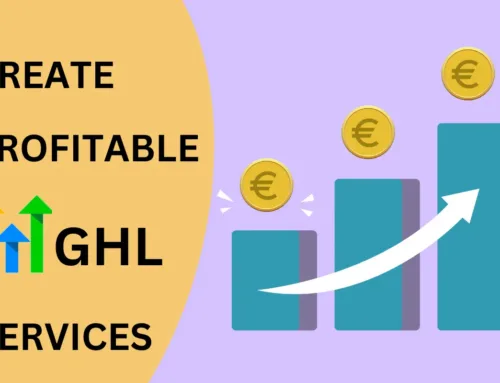Glitzy visuals are eye-catching and important as a result. Videos pick up a lot of engagement and keep people around. Podcasts are spectacular for building expertise. This is all true, but it’s copy that runs the web. All of those elements can be stripped away, and most websites will still be usable — which is why it’s so strange that people don’t invest more in their copy.
They don’t commit resources, but they also don’t commit time. They treat copy like basic connective tissue, there to fill in the blanks and cover the bases. They don’t realize that a small improvement in copy quality can make a huge difference in the rate at which a page converts, as well as its search engine presence. But perhaps you do.
Maybe you understand why web copy matters so much, and you’re eager to learn how to make it better. Smart decision. Well, if there’s one thing in particular that you should consider, it’s the value of showing people things instead of telling them — and yes, I still mean in text. How does this work? Allow me to explain:
People Don’t Really Care About Features
An oft-cited truism of the marketing world is benefits, not features, and it applies just as much today as it did whenever it was coined. Features are means to an end — potential ways in which to achieve the outcomes we want — so we only care about how they help us. Outside of that, they might as well be random statistics or silly acronyms.
This is so notable for the titular topic because telling takes the opposite approach. It seeks brevity above all else, and the fastest way to address a feature is typically to mention it directly. No need for context, or explanation: just list the feature, and hope that people will be impressed (of course, they won’t be).
If you want people to actually care about whatever you’re offering, forget trying to communicate it in matter-of-fact bullet points. Being succinct is important, yes, but that’s about cutting out anything unnecessary. In-depth rhetorical copy is often necessary.
Emotions Drive Purchasing Decisions
We’re not great at making rational decisions, particularly when we’re stressed, or pushed for time, or hungry, or thirsty, or frustrated… Most of the time, we’re victims of our emotional states. And when we read web copy that evokes further emotion, it resonates with us. That content is immediately more interesting and compelling than more prosaic copy.
The language-based form of showing instead of telling is actually literary in origin, and we can use that to note the dramatic significance. Check out check out these show don’t tell examples from Jericho Writers: notice how much more dramatic a passage is when it takes the time to immerse you in what’s happening. The more you learn, the more you become emotionally invested.
You may not be writing a narrative for your web copy (though you could be), but you should focus on emotional resonance regardless. Think about what you want the reader to feel when they’re done, and craft your content accordingly. If you think it’ll take a multi-part series to achieve the emotion you’re looking for, so be it — some reactions can only be slowly earned.
Detail Is Essential for Establishing Trust
Whatever you’re trying to sell online, whether it’s a service or a product, it’s important to build trust. After all, anyone who makes a payment online is taking it on faith that the details are correct and their money won’t simply be stolen. It’s particularly pressing for products, though, because the item listed might not even be the item shipped — even if the sale goes through and the order is fulfilled, there’s no guarantee it will be satisfactory.
How do you convince someone that your lists are legitimate? You provide elaborate content, explaining not only the basics of what’s on offer but also the minor details that only you are privy to in your position as the seller. Fraudulent sellers tend to have lazy content, thrown together in little time with just as little care. If you do an excellent job of setting out comprehensive listing copy, the readers will be far more likely to trust your website.
The concept of show, don’t tell, isn’t about visuals or videos. It’s about detail. If you want someone to believe that something matters, don’t just say “This matters” and expect them to believe it. Explain why it matters. Go into detail to make your case. Expand and polish your web copy, and the results will exceed your expectations.




